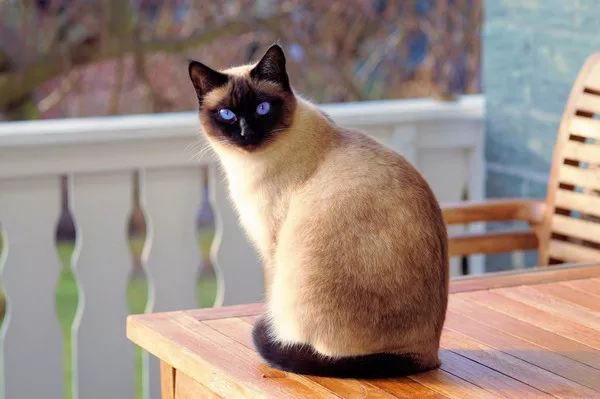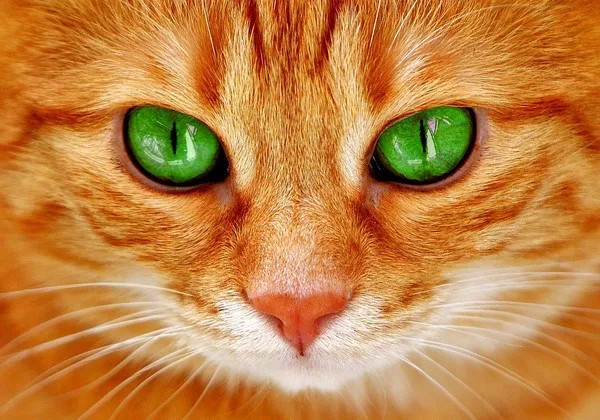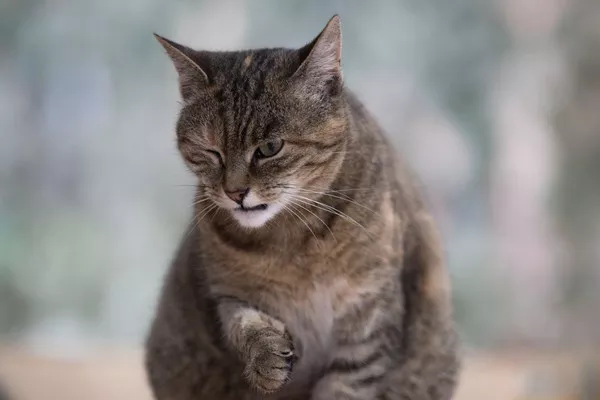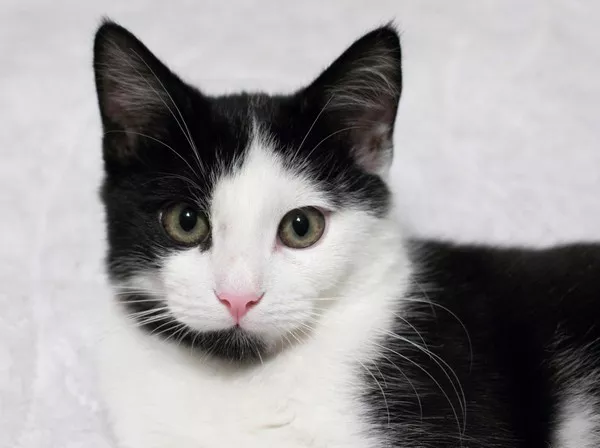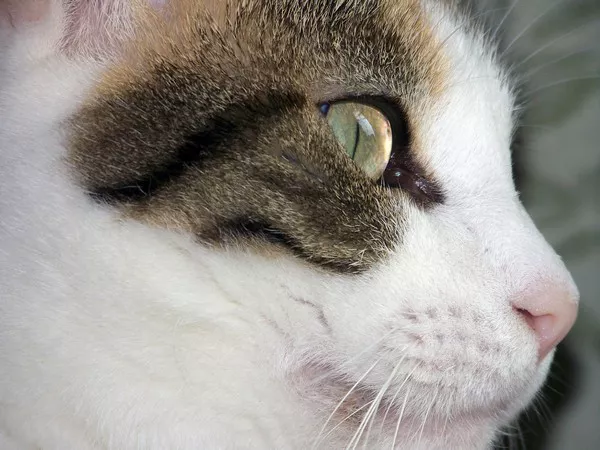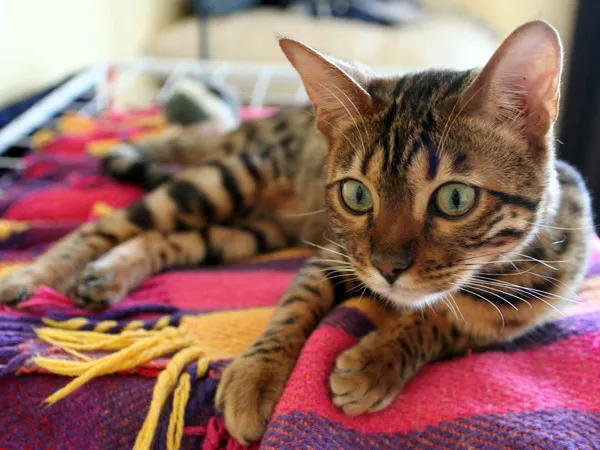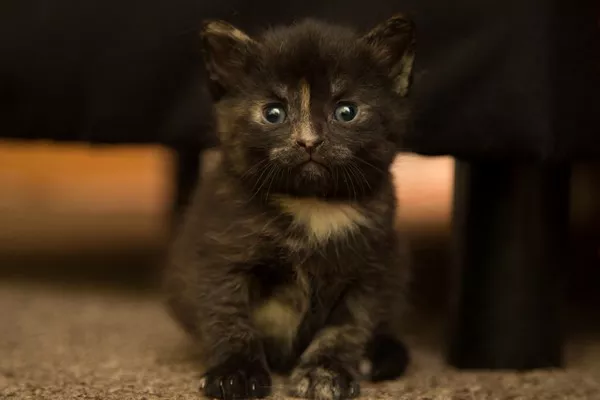One important aspect of your cat’s health is their dental health. Just like humans, cats can suffer from dental issues such as tooth decay, gum disease, and bad breath. One way to promote good dental health in cats is by feeding them foods that are good for their teeth. In this article, we’ll discuss five foods that can help keep your cat’s teeth health and strong.
Nutritional Needs and Benefits
Before we dive into specific foods, it’s important to understand your cat’s nutritional needs and the benefits of a healthy diet.
Cats are obligate carnivores, which means they require a diet high in animal protein to thrive. In addition to protein, cats also need a balance of vitamins, minerals, and other nutrients to maintain optimal health.
A healthy diet can promote good dental health in cats by providing the nutrients needed to support strong teeth and gums.
In addition, some foods can help clean your cat’s teeth as they eat, reducing the risk of plaque buildup and other dental issues.
Risk of Lactose Intolerance
As we discussed in the previous article, most adult cats are lactose intolerant, which means they lack the enzyme lactase needed to break down lactose, the sugar found in milk.
While some cats may be able to tolerate small amounts of milk without any issues, it’s generally not recommended to offer milk as a treat.
Lactose intolerance is a common issue among adult cats, and it can cause a range of digestive problems such as diarrhea, vomiting, and abdominal pain.
This is because lactose cannot be properly digested and absorbed by the body without the enzyme lactase.
While some cats may be able to tolerate small amounts of milk without any issues, it’s generally not recommended to offer milk as a treat. Instead, it’s important to provide your cat with a balanced and nutritious diet that meets their specific nutritional needs.
There are many safe and healthy alternatives to milk that can provide your cat with the nutrients they need without the risk of lactose intolerance. Some examples include fresh, clean water, wet cat food, bone broth, and lactose-free cat milk.
It’s also important to note that lactose intolerance is not the same as a milk allergy. While lactose intolerance is a digestive issue, a milk allergy is an immune system response to the proteins found in milk. If your cat experiences symptoms such as hives, itching, or difficulty breathing after consuming milk or dairy products, they may have a milk allergy and should be evaluated by a veterinarian.
Safe Alternatives
When it comes to feeding your cat, there are several safe alternatives to milk that can provide similar nutritional benefits without the risk of lactose intolerance. Some examples include:
Water: Fresh, clean water should always be available to your cat. This is especially important for promoting good dental health, as water can help rinse away food particles and bacteria that can contribute to plaque buildup.
Wet Cat Food: Wet cat food is a good source of moisture and can provide your cat with the protein and nutrients they need.Look for high-quality, protein-rich options that are free from artificial preservatives, flavors, and colors.
Bone Broth: Bone broth is a nutritious and flavorful option that can be added to your cat’s food or served on its own.It’s rich in collagen, amino acids, and minerals like calcium and phosphorus.
Cat Milk: If you’re set on giving your cat a milk-like treat, there are specially formulated cat milks available that are lactose-free and designed to meet your cat’s nutritional needs.
Dental Treats: Dental treats are specifically designed to promote good dental health in cats.They can help clean your cat’s teeth as they chew, reducing the risk of plaque buildup and other dental issues.
Health Risks
When it comes to feeding your cat, it’s important to be aware of the potential health risks associated with certain foods.
For example, some human foods can be toxic to cats, such as chocolate, onions, and garlic. Feeding your cat a diet that’s high in carbohydrates and low in protein can also lead to health issues such as obesity and diabetes.
Expert Opinions
According to the American Veterinary Dental College, feeding your cat a diet that’s high in protein and low in carbohydrates can help promote good dental health.
They also recommend offering dental treats that are specifically designed to help clean your cat’s teeth.
Feeding Tips
When it comes to feeding your cat, there are some tips you can follow to promote good dental health:
Offer a high-quality, protein-rich diet: Look for cat food that’s high in animal protein and free from fillers and artificial ingredients.
Provide fresh, clean water: Make sure your cat always has access to fresh, clean water.
Offer dental treats: Look for dental treats that are specifically designed to promote good dental health in cats.
Avoid feeding your cat table scraps: Human foods can be high in fat, salt, and sugar, which can contribute to dental issues and other health problems in cats.
Visit your veterinarian regularly: Regular check-ups with your veterinarian can help identify dental issues early on and prevent them from becoming more serious.
5 Foods For Your Cat’s Teeth
Raw Meaty Bones: Raw meaty bones are a great option for promoting good dental health in cats. They provide a natural way to clean your cat’s teeth as they chew, and also provide valuable nutrients like calcium and phosphorus.
However, it’s important to choose bones that are appropriate for your cat’s size and to supervise them while they’re chewing to prevent choking.
Chicken Necks: Chicken necks are another great option for promoting good dental health in cats. They’re small and easy for cats to chew, and also provide valuable nutrients like protein and calcium.
Canned Fish: Canned fish, such as sardines or mackerel, can also be beneficial for your cat’s dental health. They’re high in protein and omega-3 fatty acids, which can help reduce inflammation and promote healthy gums.
Raw Carrots: Raw carrots are a crunchy snack that can help clean your cat’s teeth as they chew. They’re also a good source of fiber and other nutrients.
Fresh Herbs: Fresh herbs like parsley and mint can help freshen your cat’s breath and also have antibacterial properties that can help reduce the risk of gum disease. You can add fresh herbs to your cat’s food or offer them as a snack.
Conclusion
Feeding your cat a diet that’s high in protein and low in carbohydrates can help promote good dental health. In addition, offering dental treats and foods that are specifically designed to clean your cat’s teeth can help reduce the risk of dental issues. By following these tips and offering your cat a variety of healthy foods, you can help keep their teeth strong and healthy for years to come.
Related Topics


